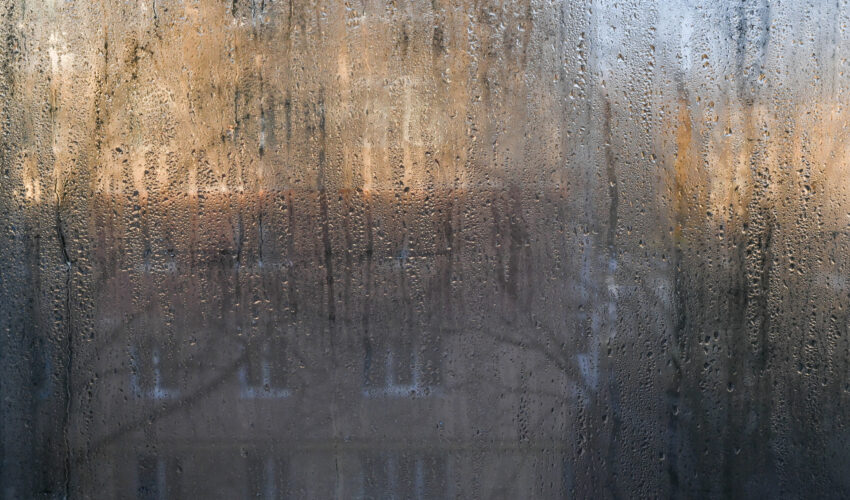When cooler weather sets in during the fall, the air in your home can become uncomfortably dry. You may find yourself considering ways to add moisture back into your home. A quick Google search might lead you to suggestions for a whole house humidifier. Afterall, these devices connect directly to your HVAC system to regulate your entire home’s humidity levels. But is a whole house humidifier the right choice for your home in San Antonio? Let’s explore the benefits, drawbacks, and alternatives.
What Are Whole House Humidifiers?
A whole house humidifier is an add-on to your HVAC system that injects moisture into the circulating air. It aims to maintain balanced humidity levels. The device is typically installed directly into your HVAC ductwork. It works with your furnace or air conditioner to ensure the air moving through your home has the right level of humidity.
Whole house humidifiers have several key components that work together to add moisture to your air:
- Water Supply: The humidifier is connected to your home’s water supply, providing a steady source of water that is turned into vapor.
- Evaporator or Steam Chamber: Water is taken from the water supply through an attached pipe to an evaporator or steam chamber. An evaporator, which is used by some whole house humidifiers, is a large pad that absorbs the water and allows air from the HVAC system to pass through it, picking up moisture in the process. Other systems use a steam chamber, which is an internal reservoir used to heat the water and release it as vapor into the air. Remaining water is caught in a pan below before draining out.
- Fan, Blower or Bypass: Air can be drawn from the HVAC system either passively through a bypass duct or actively using a fan that pushes air across the evaporator pad or steam chamber.
- Humidistat: This is the control unit for the system, similar to a thermostat. The humidistat monitors the humidity levels in your home and adjusts the humidifier’s operation to maintain your desired moisture level.
Benefits of Whole House Humidifiers
- Improved Air Quality: Humidifiers improve comfort by preventing problems like cracked skin, nosebleeds, and static electricity.
- Convenience: Unlike portable units, whole house humidifiers work automatically once they’re installed. You don’t need to refill water tanks or move units from room to room.
- Consistent Humidity: These units ensure an even distribution of moisture across the entire house.
Potential Drawbacks
While whole house humidifiers offer some benefits, they’re not always ideal—especially in regions where the climate is already humid, like San Antonio.
- Mold Risk: If humidity levels are too high or leaks go unnoticed, mold and mildew can develop.
- Hidden Leaks: These systems operate with pressurized water, which can leak without being noticed and cause major water damage.
- Cost: Whole house humidifiers can be expensive to install. And for homes that experience only brief periods of dry air, they may be unnecessary and unused a majority of the year.
Alternatives: Why Small Room Humidifiers Are Better
For most homeowners in our area, small room humidifiers offer a more practical solution. These portable units:
- Provide moisture exactly where it’s needed, with no risk of affecting the entire house.
- Are easy to store when not in use, ideal since humidity is often only a concern for a short period of the year.
- Are simpler to clean, reducing the risk of bacteria and mold buildup.
Whole House Humidifiers in Our Area
While North East Air Conditioning, Heating & Plumbing does install whole house humidifiers, they are rarely necessary in our climate. Small room humidifiers do the job just as effectively for most households, and they’re much easier to manage.
Humidifiers vs. Dehumidifiers: What’s the Difference?
It’s easy to confuse humidifiers with dehumidifiers. Humidifiers add moisture to dry air, while dehumidifiers remove excess moisture from the air, preventing mold and mildew in overly humid environments. Both systems can impact your home’s air quality, but knowing which one you need is key.
By considering your home’s needs, you can make an informed decision about whether a whole house humidifier is right for your home. In most cases, smaller, portable units will suffice—especially in San Antonio, where dry air is rarely a year-round issue.


